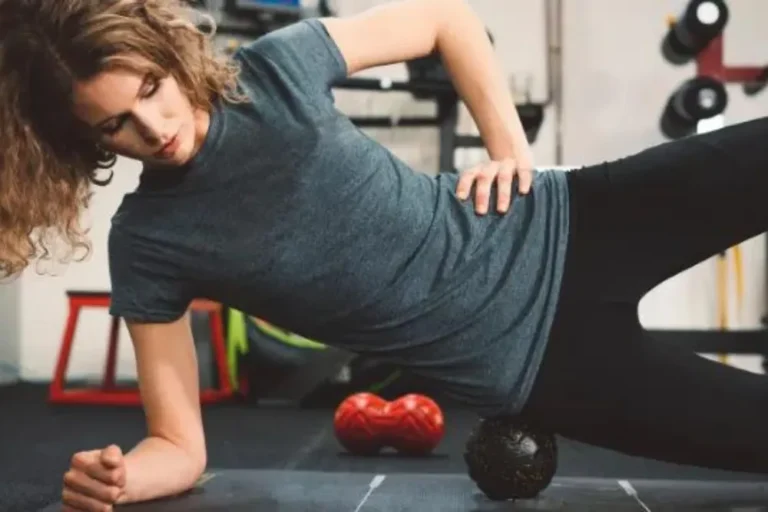Injury Prevention and Sports Medicine

Sports injuries can derail an athlete’s progress and affect their overall physical and mental well-being. While injuries cannot be entirely avoided, taking the right preventive measures significantly reduces their likelihood. Here is some practical advice across key areas of injury prevention in sports medicine to help athletes stay safe and active:
Strength and Flexibility Training
Strength and flexibility are foundational to reducing the risk of injuries in sports medicine. Stronger muscles provide better support for joints, which decreases strain during activities. Flexibility enhances the range of motion, reducing the likelihood of muscle tears and sprains.
Engage in exercises that build core strength, as it stabilizes the body during dynamic movements. Compound workouts, such as squats and lunges, are beneficial for enhancing lower-body strength, while resistance training improves upper-body endurance. Flexibility training should include dynamic stretching routines that target all major muscle groups. A combination of yoga or other mobility exercises is an ideal way to maintain your body’s flexibility and balance over time.
Warm-Ups and Cool-Downs
Before engaging in any physical activity, warming up the muscles is paramount. It helps improve blood flow to the working muscles and prepares the body for movement, reducing stiffness and enhancing performance. A good warm-up routine includes light jogging, high knees, or controlled jumping jacks to gradually increase heart rate.
Equally significant, a proper cool-down period aids muscle recovery after intense activity. Stretch each muscle group for 15 to 30 seconds. Controlled deep breathing also helps lower the heart rate, allowing athletes to transition smoothly back into a resting state. Avoid skipping these steps, as a lack of preparation or recovery could lead to tighter muscles and delayed soreness.
Appropriate Protective Sports Gear
Protective gear has a direct impact on an athlete’s safety. Helmets, knee pads, and wrist guards are designed to absorb shock and minimize the impact of trauma. Wearing correctly fitted equipment, tailored to the specific demands of the sport, makes a meaningful difference in preventing both short-term and long-term injuries.
Footwear also plays a key role in keeping athletes injury-free. Shoes that offer proper arch support and grip are suitable for preventing ankle sprains or slips. Inspect your equipment regularly, as worn-out gear can compromise safety and reduce its effectiveness.
Awareness of Physical Limitations
Listening to your body is a fundamental skill in sports and fitness. Pushing through pain or fatigue may lead to overuse injuries, which can limit your ability to perform consistently in the long run. Monitor how your body feels during and after workouts. Sharp pain, stiffness, or swelling might indicate stress on muscles or joints that requires attention. Scheduling rest days within your training program promotes recovery, allowing your muscles to rebuild and strengthen.
Proper Rehabilitation When Needed
Rehabilitation plays a key role in restoring strength and function after an injury. Ignoring the rehabilitation process or rushing to return to the field can worsen injuries and prolong recovery time. Physical therapy guided by qualified professionals makes sure your recovery process is suited to your specific injury and fitness goals.
Find a Sports Medicine Clinic Near You
With dedication to proper preparation, athletes significantly reduce their risk of injuries. Maintaining a routine that incorporates strength training, flexible movement practices, and consistent warm-up and cool-down sessions builds a stronger foundation for peak performance. Similarly, wearing suitable gear, respecting physical thresholds, and prioritizing rehabilitation help athletes perform better without unnecessary risks. Schedule an appointment with a sports medicine clinic near you.
- What to Expect When Visiting a Foot and Ankle Specialist
- Causes of PTSD
- The Link Between Plantar Fasciitis and Weight Gain: What You Need to Know
- How Pet Ownership Can Positively Impact Life with Fibromyalgia
- The Importance of Stretching and Flexibility in Sports Medicine
Dr. Emma Green is a health and wellness expert with over 10 years of experience in nutrition and fitness. Passionate about helping others live their healthiest lives, Dr. Green shares practical advice on wellness, nutrition, and sustainable living through LivingSpristine.




